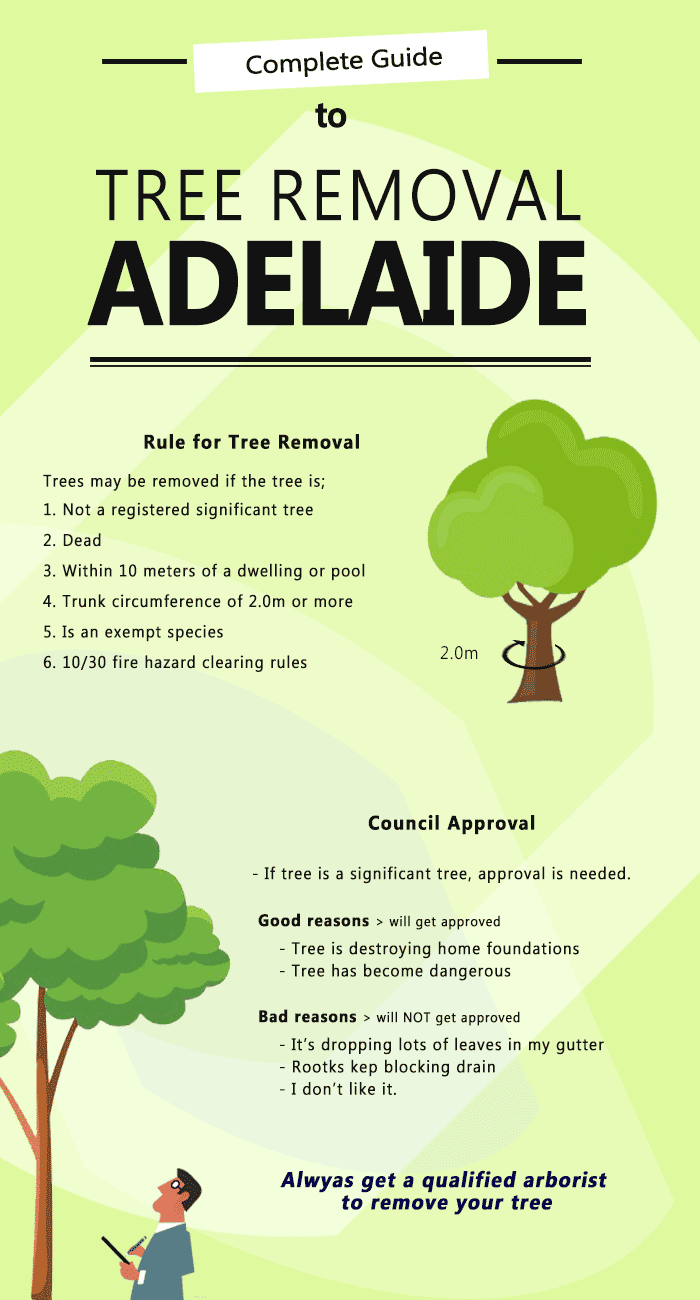Tree Elimination Aftercare: Finest Practices For Landscape Recuperation
Tree Elimination Aftercare: Finest Practices For Landscape Recuperation
Blog Article
Write-Up Author-Powell Chambers
After a tree's removal, your landscape might look rather different, and it's essential to evaluate the after-effects very carefully. You'll wish to evaluate the soil disruption and inspect surrounding plants for any kind of indicators of stress. Neglecting these factors can lead to larger problems down the line. So, what should https://www.google.com/maps/uv?pb=!1s0x87695392e3f6d517%3A0xc91102aef5ddf5d8!5sPrecision%20Timber%20Felling!15sCgIgARICEAE&authuser=2&imagekey=!1e10!2sAF1QipMaabj_NtJ5-bsEVtlEVTmZlYYN7mMnZqTI8UQP finish with those stumps and roots? And just how do you choose the best plants for your rejuvenated space? Allow's explore these essential steps.
Assessing the Consequences: Reviewing Your Landscape
After a tree elimination, it's crucial to analyze your landscape to comprehend the impact it has on your lawn.
Begin by checking out the area where the tree stood. Try to find https://www.bobvila.com/slideshow/10-inspiring-ideas-for-your-side-yard-52055 of dirt disturbance, and inspect the surrounding plants for any anxiety or damages.
You need to additionally take note of how the removal has transformed sunlight exposure and air flow in your garden. This shift can affect the development of nearby plants, so it's necessary to assess their health and wellness.
Consider the visual facets also; the elimination might create an open space that you can revamp.
Ultimately, think about any kind of possible disintegration problems that might arise from the tree's lack. Attending to these elements early will help recover equilibrium to your landscape.
Taking care of Stumps and Roots: Choices for Elimination
As soon as you've analyzed the consequences of the tree removal, you'll likely require to take on the stump and origins left.
You have a couple of options for removal. One effective approach is stump grinding, where a professional makes use of a machine to grind the stump down to underground level. This method leaves marginal interruption to your landscape.
If you favor a DIY technique, you can use a mix of digging and chemical stump removers. Simply remember, this procedure can take time and effort.
Additionally, consider leaving the stump as a natural function, which can function as an one-of-a-kind yard aspect or habitat for wild animals.
Whatever you choose, resolving the stump and origins is important for restoring your landscape.
Picking the Right Plant Kingdoms for Your New Area
As you examine your recently cleared area, choosing the right plants can significantly enhance your landscape's elegance and functionality.
Begin by taking into consideration the sunshine and soil problems. For warm locations, choose drought-resistant plants like lavender or succulents. In shaded areas, ferns and hostas thrive well.
Think of the size and growth habits of your plants; mix perennials and annuals for seasonal variety. Don't forget to integrate indigenous varieties; they call for much less maintenance and assistance regional wild animals.
Team plants in weird numbers for a much more natural look and produce layers for visual deepness.
Ultimately, ensure you have a mix of shades and structures to maintain your landscape dynamic throughout the periods.
Happy growing!
Conclusion
Finally, recovering your landscape after tree removal is a satisfying procedure. By examining the aftermath, attending to stumps and roots, and selecting the right plants, you'll develop a growing environment. Do not neglect to incorporate disintegration control procedures to safeguard your dirt. With a little initiative and treatment, you can change your space right into a dynamic garden that improves your residential or commercial property. Embrace the opportunity to renew your landscape and delight in the appeal of nature right in your yard!
